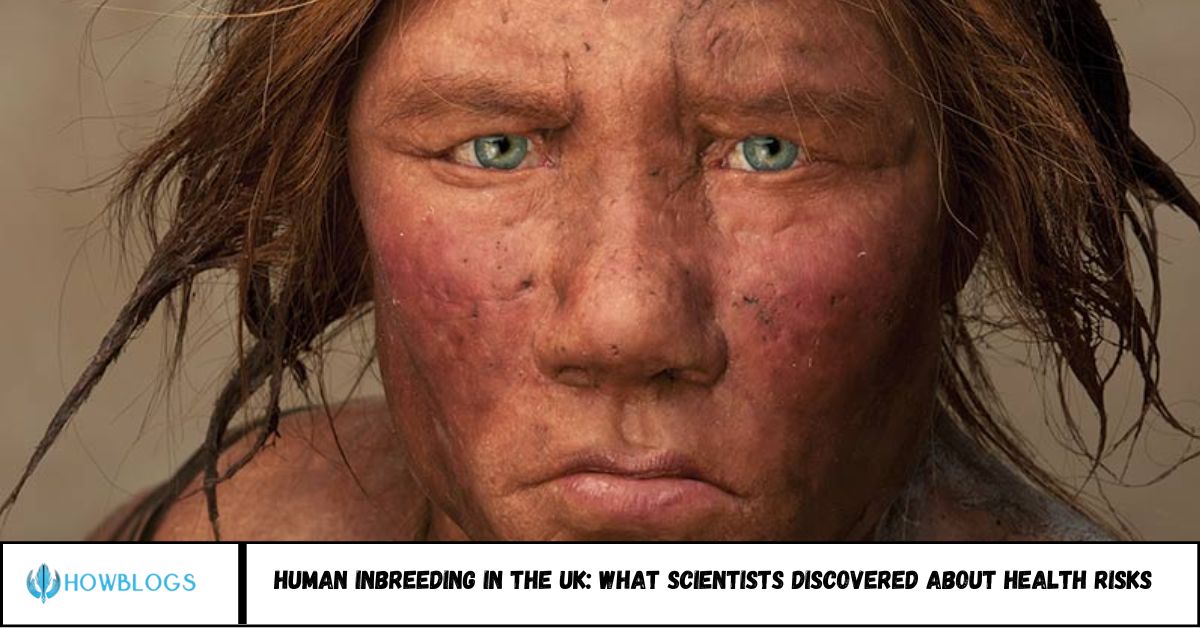Table of Contents
What Scientists Found After Analyzing Cases of Human Inbreeding in the UK
Have you ever wondered how inbreeding affects health and genetics in modern populations? Recent scientific research in the UK has shed new light on the consequences of human inbreeding, revealing important health risks and genetic patterns. This article explores these findings, discussing the science behind inbreeding, its impact on communities, and what it means for public health.
Human inbreeding occurs when closely related individuals reproduce, increasing the risk of genetic disorders. Scientists analyzing UK cases have discovered a clear connection between inbreeding and increased incidence of certain health problems. This article breaks down the genetic impacts, prevalence, and health consequences of inbreeding in the UK, while addressing common questions about its detection and prevention.
Understanding Human Inbreeding: Basics and Definitions
What is inbreeding?
Inbreeding happens when relatives—such as cousins or closer—have children together. This increases the chance that offspring inherit identical copies of genes, sometimes causing genetic disorders or health complications.
Why study inbreeding in the UK?
While often associated with isolated or historical populations, inbreeding still occurs in parts of the UK due to cultural, social, or geographical factors. Scientific study helps understand its modern impact on health.
Key Scientific Findings on Inbreeding in the UK
1. Increased Risk of Genetic Disorders
Scientists found that children born from closely related parents are at higher risk of recessive genetic diseases such as cystic fibrosis, thalassemia, and certain metabolic conditions.
- Statistical evidence: Studies show up to a 2-4 times greater risk of congenital disorders among offspring of first cousins compared to unrelated parents.
2. Reduced Genetic Diversity
Inbreeding reduces genetic variation, which weakens the population’s ability to resist diseases and adapt to environmental changes.
3. Higher Incidence in Certain Communities
Research highlights that specific communities in the UK with strong cultural or familial marriage traditions show higher rates of consanguinity (related parents).
- These include some South Asian and Middle Eastern heritage populations.
Implications for Public Health and Policy
- Genetic counseling: Offering services to at-risk couples can help identify risks early and provide reproductive options.
- Community education: Awareness programs target communities where inbreeding is more prevalent, helping reduce stigma and promote healthy family planning.
- Healthcare resource allocation: Anticipating higher genetic disorder rates guides improved healthcare support.
FAQs
What is the difference between inbreeding and consanguinity?
Consanguinity specifically refers to marriage or reproduction between blood relatives, a form of inbreeding.
How do scientists detect inbreeding?
Through genetic testing techniques like runs of homozygosity (ROH) in DNA analysis, which indicate shared ancestry.
Is inbreeding only a problem in small populations?
No, it can occur anywhere but is more frequent in isolated or culturally endogamous groups.
Can genetic counseling prevent negative outcomes?
Yes, it helps at-risk couples understand risks and options like IVF with genetic screening.
Are there any laws regulating consanguineous marriages in the UK?
There are no laws banning cousin marriages, but health services provide guidance and support.
Does inbreeding affect intelligence or behavior?
Scientific consensus shows the primary risks relate to genetic disorders; effects on intelligence are complex and not solely determined by inbreeding.
Conclusion
Scientific analysis of human inbreeding in the UK reveals significant health risks tied to reduced genetic diversity and higher chances of inherited disorders. While cultural traditions influence rates of consanguinity, increased awareness, genetic counseling, and targeted health interventions offer practical solutions. Understanding these findings helps improve public health strategies and supports families in making informed reproductive decisions.

